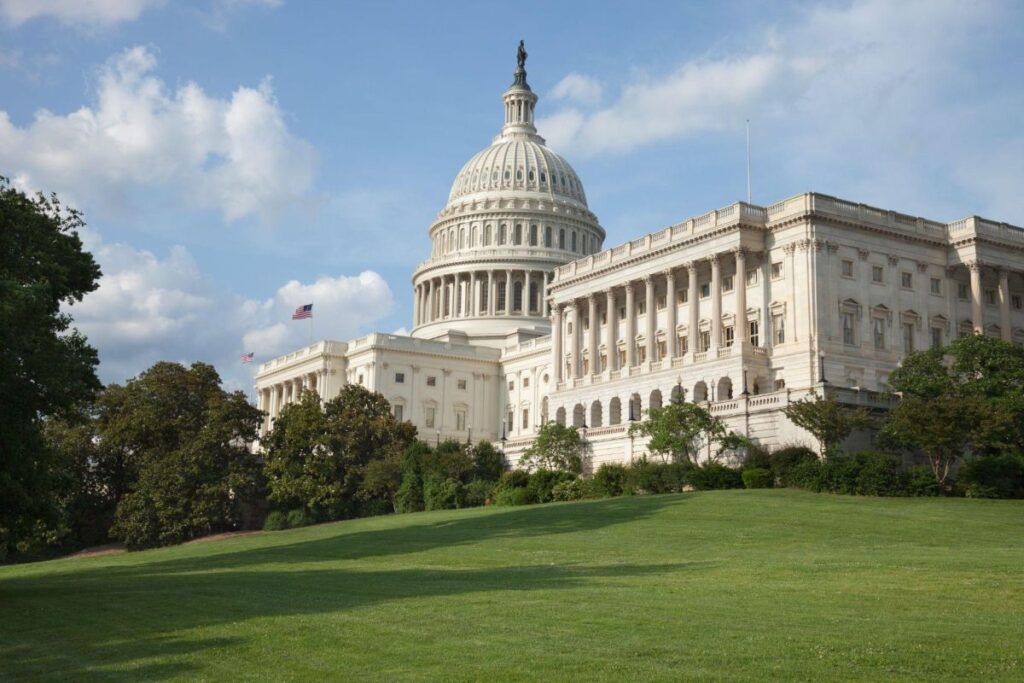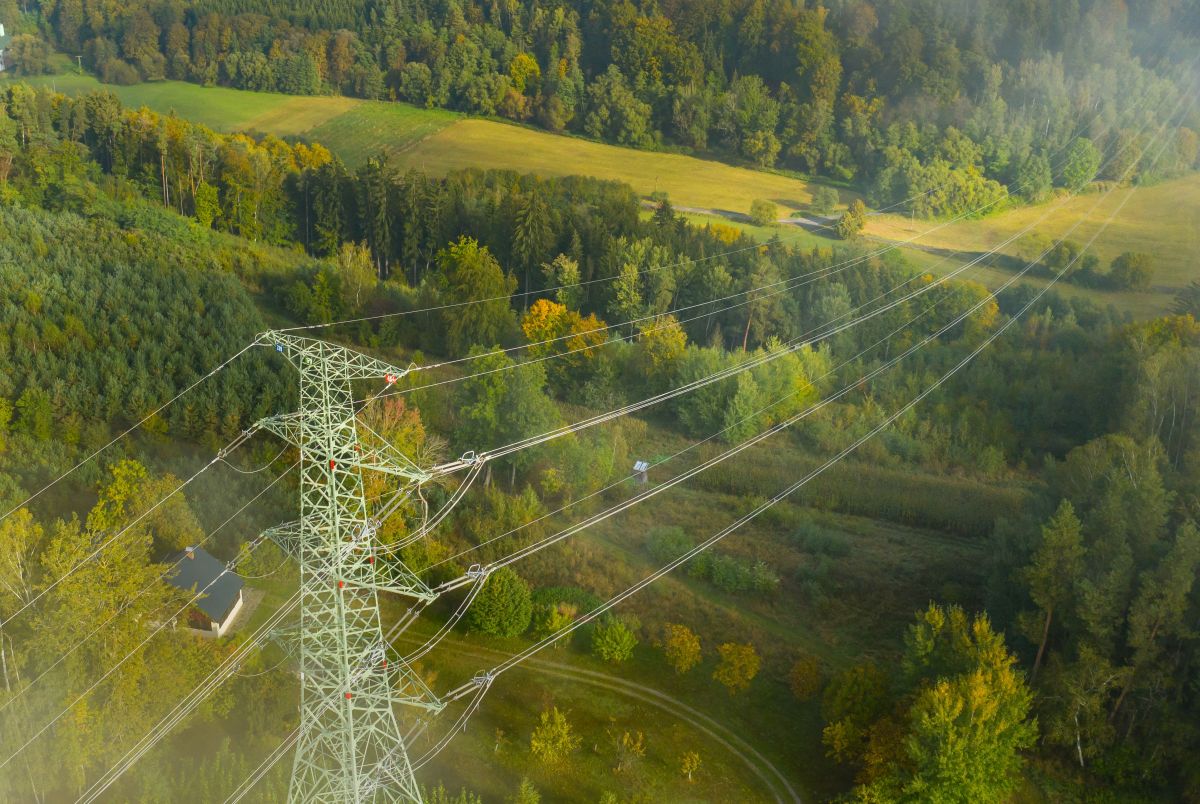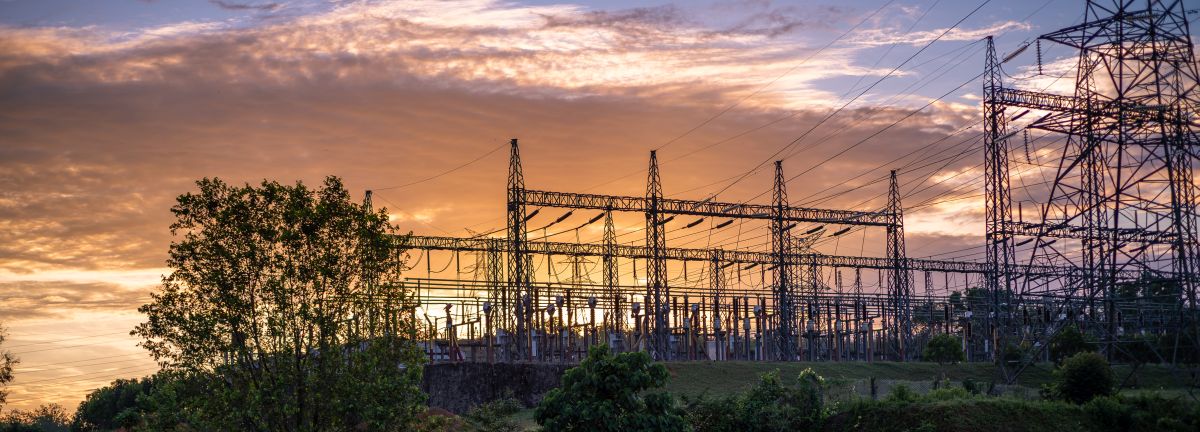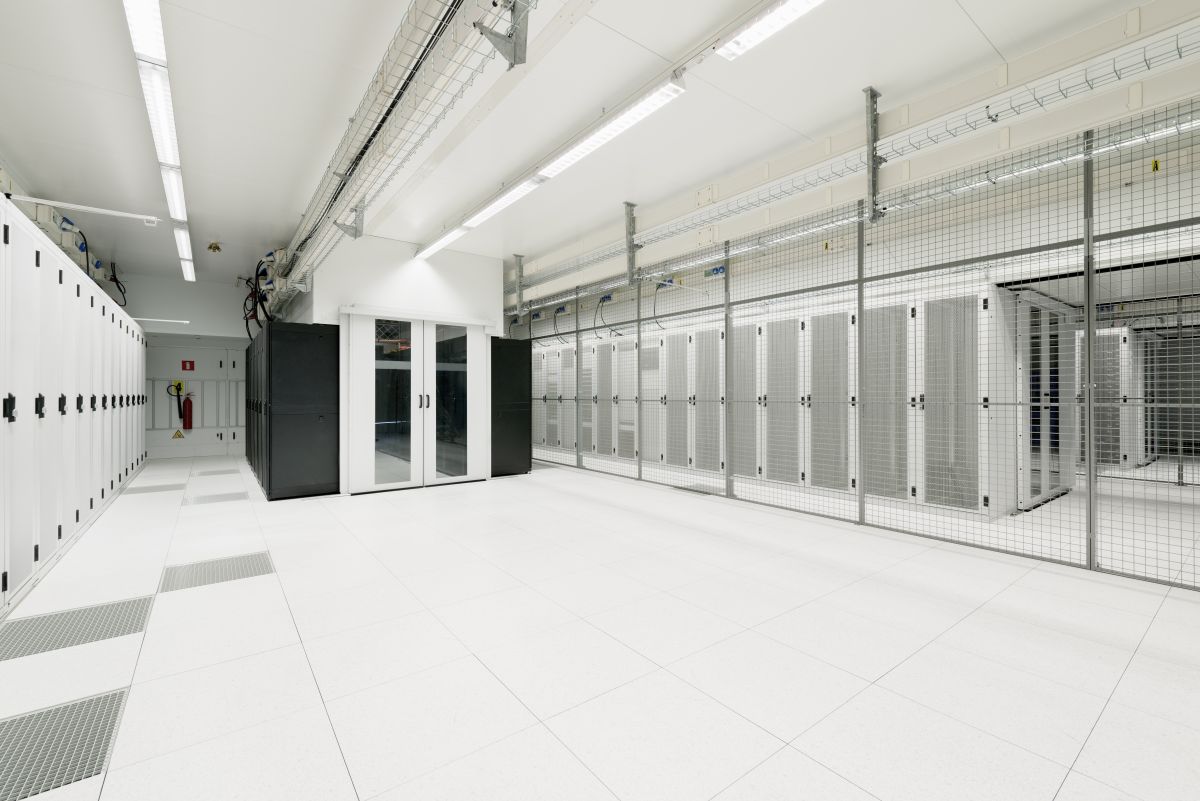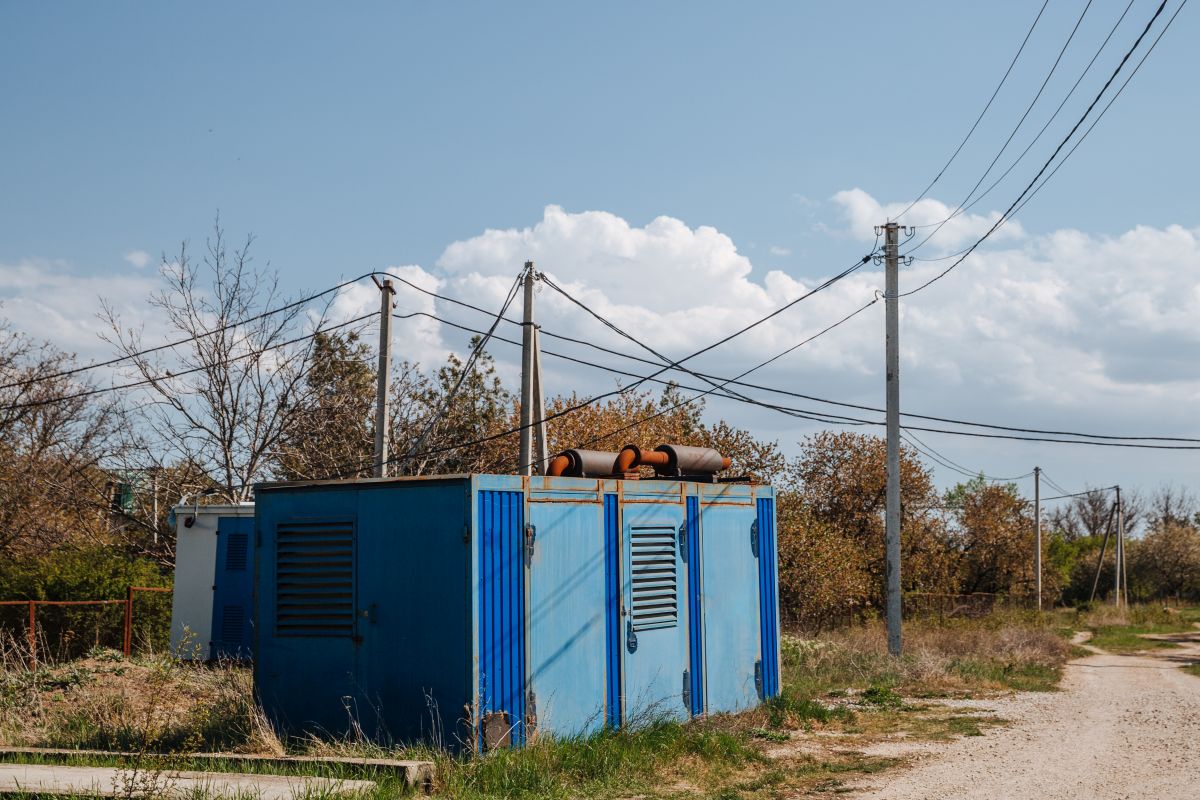WWW.UTILITYDIVE.COM
The Energy Department estimates that ASHRAE’s updated Standard 90.1 will drive energy savings nationwide. States have two years to certify that they have reviewed and, if needed, updated their codes.
Dive Brief:
- The U.S. Department of Energy has issued ASHRAE a determination affirming that ANSI/ASHRAE/IES Standard 90.1-2022, which incorporates a renewable energy mandate for the first time, will improve energy efficiency in commercial buildings governed by the code.
- The DOE’s technical analysis estimates that implementing Standard 90.1-2022, the Energy Standard for Sites and Buildings Except Low-Rise Residential Buildings, would provide commercial buildings site energy savings of 9.8%, source energy savings of 9.4% and carbon emissions reductions of 9.3% on a weighted national average. When factoring renewable energy into these results, those improvements increase to site energy savings of 14%, source energy savings of 14.7% and carbon emission cuts of 14.7%, the analysis suggests.
- Within two years of the DOE’s affirmative determination, states must certify that they have reviewed their commercial building code energy efficiency provisions and updated those codes, if necessary, to meet or exceed the updated standard, ASHRAE said in a March 5 news release.
Dive Insight:
Building operators can select one of three pathways for compliance with Standard 90.1-2022. The prescriptive pathway, considered the most traditional, sets criteria for energy-related characteristics of individual building components, such as minimum insulation levels, maximum lighting power and controls for HVAC systems. Some of these requirements are mandatory.
Additionally, the standard provides two optional pathways for whole building performance. The Energy Cost Budget method provides flexibility for facilities that do not meet prescriptive requirements, if their building exceeds other requirements that offset the impact on energy costs, allowing designers to “trade-off” compliance, the DOE analysis states. The Performance Rating Method requires designers to meet certain performance targets for the entire building to demonstrate compliance. This method uses a fixed baseline that remains constant with each new edition of the standard and allows for credits for certain design features not considered in the ECB method.
ASHRAE’s updated standard incorporates on-site generation of renewable energy systems as a prescriptive requirement for the first time, the association said, noting that this mandate echoes similar requirements in several state and local building codes.
ASHRAE’s on-site renewable energy requirement accounts for about 3% of the building’s total energy supply, Richard Lord, chair of the ASHRAE Standard 90.1 committee and senior fellow at Carrier Corp., told Facilities Dive. The goal, he said, is for this percentage to increase over time, reaching around 35% of the energy supply.
“Renewable energy systems have become much more commonplace in new commercial buildings, particularly as the cost of PV systems has continued to decline, and as states and local governments have prioritized building sector efficiency and decarbonization as part of their broader energy and climate goals,” Jeremy Williams, program manager of the Building Energy Codes Program in the Building Technologies Office at the DOE’s Office of Energy Efficiency and Renewable Energy, said in an email.
The updated standard comes with many other key changes aimed at energy efficiency improvements. These include customizable energy credits, a new option for the efficiency performance of HVAC units and other mechanical systems, and requirements to address thermal bridging, which occurs when conductive materials create a pathway for heat to flow through a building envelope that results in increased heat loss or gain and can reduce a building’s overall energy efficiency.
Additionally, the updated standard expands the criteria for whole-building air leakage testing and provides updated lighting power allowances. It also offers extra guidance for using emissions as metrics, in addition to traditional site, source and cost-based metrics, per the release.
“With the intensified demand for decreased energy consumption and carbon reductions in existing buildings, Standard 90.1 continues to offer essential guidance in shaping building regulations and amplified energy legislation,” ASHRAE President Ginger Scoggins said in the release. “The DOE’s latest determination further solidifies Standard 90.1 as the cornerstone for achieving energy efficiency goals and ultimately moves us closer towards widescale, global building decarbonization of the built environment.”
The DOE’s analysis also estimates an 8.9% increase in energy cost savings across commercial buildings, with that figure rising to 14.8% when factoring in renewable energy use. “The DOE estimates that, from 2010 through 2040, building energy codes will have saved U.S. homes and businesses more than $182 million on utility bill expenditures,” Williams told Facilities Dive. “Homes and commercial buildings built to the latest energy codes are over 40% more efficient than new buildings and construction standards from just 10-15 years ago.”
Modern building codes, he noted, also provide resilience benefits in the form of improved grid integration and reliability, reduced mortality and reduced instances of mold, frozen pipes and other forms of property damage, particularly during extended power outages.
State certifications for the standard are due March 6, 2026. The DOE requirement is to “review efficiency levels for equipment every six years,” but ASHRAE 90.1, where every code cycle sets an efficiency improvement goal, is aggressively going after carbon neutrality in three code cycles with a goal to be carbon neutral by 2031 for new construction, Lord said. The DOE said it provides guidance to states on submitting certification statements and requirements for deadline extensions if they cannot review or update their commercial building codes within two years.


